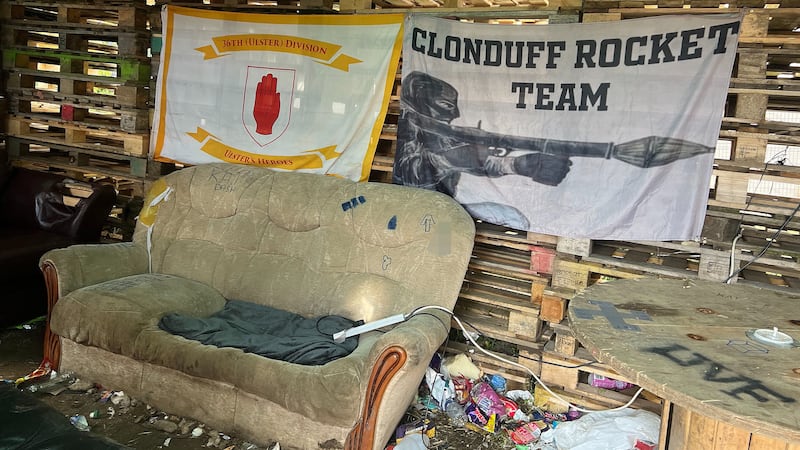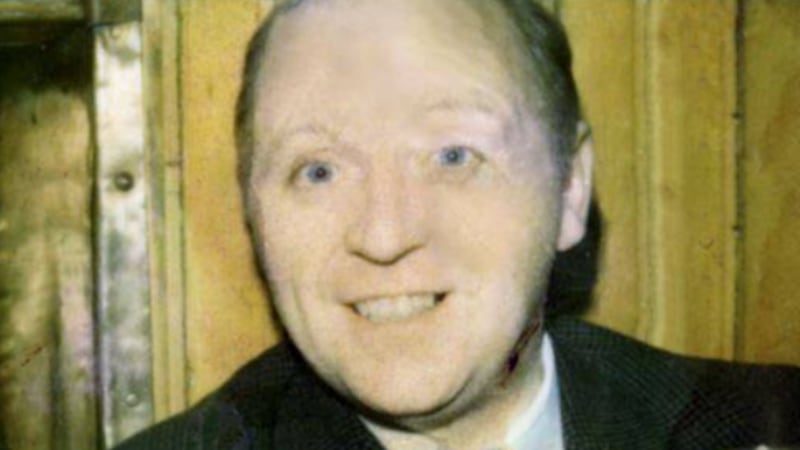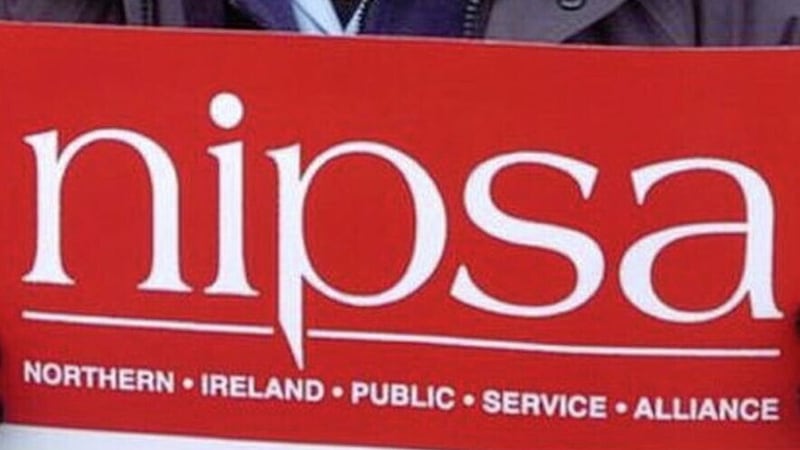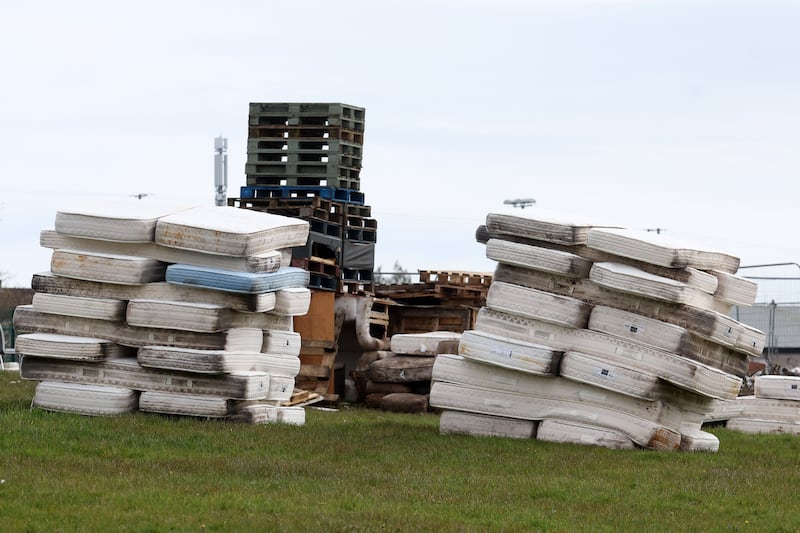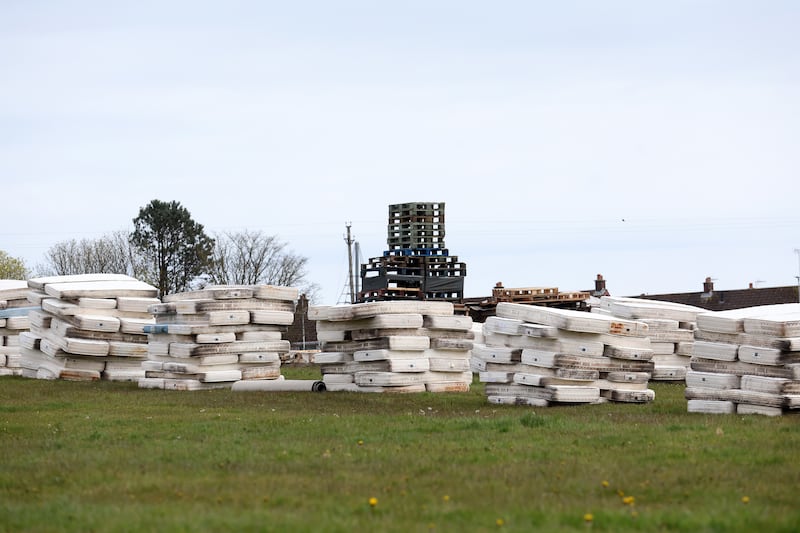The contents of the bonfire builders hut in east Belfast blows away the 'family fun day' type myths peddled by loyalists around the annual Eleventh Night celebrations.
On this occasion the hut, often an essential limb of any bonfire building, puts on show an outward display of violence, sectarianism, racism, intolerance and squallor.
The prominent display nodding to Nazi tyranny in the form of a Swastika stuck to a table, is the most obvious distasteful example, while the nearby tribute to the 36th (Ulster) Division, which fought against Germany and drew its members from the original UVF, raises its own questions.
Most will presence of a paramilitary linked flag depicting a masked man holding a rocket launcher a depressing sight 25 years after the Good Friday Agreement was signed.
It is believed members of a local gang have labelled themselves Clonduff Rocket Team.
Read more:
- What are eleventh night bonfires?
- Eleventh Night bonfire puts £300,000 facilities at risk
- Bonfire builders hut decked in sectarian, violent and Nazi images
The imagery and name can possibly be linked back to the several loyalist gangs who used RPG style weapons to attack republicans during the Troubles.
In recent years community leaders in some areas across the north have worked hard to defuse on-going bonfire controversies.
In some areas safely managed beacons have replaced unregulated traditional bonfires.
The use of potentially toxic tyres has also become a thing of the past in some districts.
While good work has been done to reshape the focus of Eleventh Night celebrations, many will argue that clearly more needs to be done.
When the veil is pulled back at some bonfire sites it often reveals the ugly underbelly of loyalist paramilitary groups.
In recent years some of the more ambitious bonfire efforts across the north have been dressed up as record-breaking attempts.
While this may be a motivating factor for some, it will be seen by others as little more than just another thinly disguised coat trailing exercise.
Efforts to repackage other contentious events reach new levels of imagination.
An attempt to reach new bonfire heights at Craigyhill in Larne, Co Antrim, was recently scrapped when Guinness World Records, the awarding body, said it had no plans to send an adjudicator.
Regardless, the builders are pressing ahead with their plans and have now linked the bonfire with a fundraising drive for a sick child.
In the recent past people have been seriously injured and lost their lives at local bonfires sites.
In 2021 a teenager suffered serious injuries after being engulfed in a fireball at an Eleventh Night bonfire in the Silverstream Crescent area of north Belfast.
A teenage boy was also airlifted to the Royal Victoria Hospital after falling off a bonfire in Cookstown, Co Tyrone.
The Craigyhill pyre is just a short distance from where 36-year-old John Steele fell to his death while helping to build a bonfire in Larne last year.
His family is now believed to be taking legal action against Mid and East Antrim council.
Despite the weight of evidence unionist councillors this week deferred a meeting to discuss legal advice on Eleventh Night bonfires until September.
Whether this is seen as careful management of a sensitive situation or a dangerous abdication of responsibility remains to be seen.
